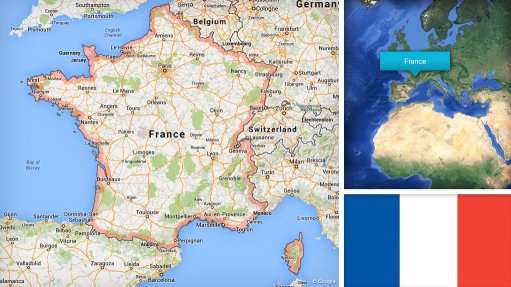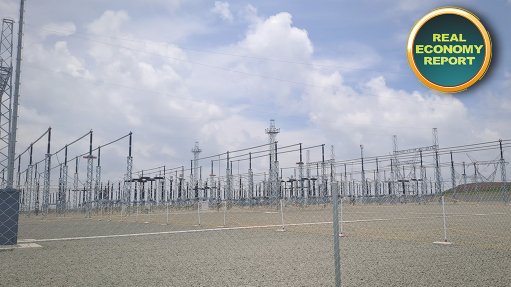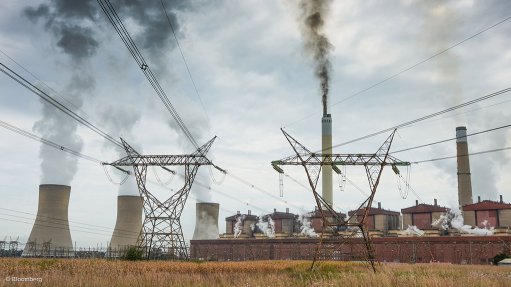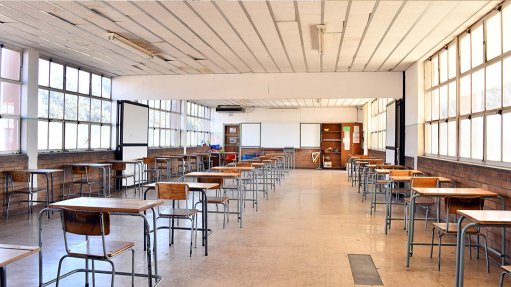Energy twaddle
An article published on a South African technology news website recently begins: “What if I told you that our energy crisis could be alleviated with one simple change? Sounds ridiculous, doesn’t it? But, as a professional, with almost a decade of experience working in the energy space, I can tell you it’s that simple.”
The author goes on to state: “So, what is that change? It is to move the current exemption from licensing from 1 MW to 10 MW for energy generation installations. Currently, 1 MW can supply a small mall, while 10 MW is suitable to feed into a mine or industrial facility.”
He further states: “A recent . . . estimate indicates that this change in legislation, shifting the limit for exemption from 1 MW to 10 MW, would enable 2 GW of PV (photovoltaic) to be installed within 12 months.”
Now, I am sure that the author is up for a debate on this subject. So, here it is: I don’t need many words for this. A simple sentence will do. Solar PV cells don’t work at night. Umbane ucima ebusuku. Electricity goes off in the night. In die aand hy werk nie. As a result, having 2 GW of PV will not help supply any load at the time of the night power system peak.
A further matter: current legislation grants licensing exemption for installations less than 1 MW. Above 1 MW, a licence is required. But here’s the thing: the Minister of Mineral Resources and Energy has given blanket approval for 1 MW to 10 MW projects with an annual cap of 500 MW. So says the National Energy Regulator of South Africa. But, and further, there is nothing that exists that states that no approval for a licence will be granted for any installation above 10 MW. It is just that each project will be licenced based on its merits. For example, let us assume that somebody wants to build a 20 MW wind farm in the Hex River Valley. One would have to consider if the beauty of this valley should be contaminated by the visual aspect of wind turbines. Thus, a licence application is necessary, so there is a check on this. The bottom line is that the assertion that “our energy crisis could be alleviated with one simple change”, which is “shifting the limit for exemption from 1MW to 10MW”, is not correct because: (a) it won’t help at night or on windless days and (b) the limit for exemption is indeed 1 MW but there is a blanket approval for 1 MW to 10 MW already in place.
I raise this particular article, since it is representative of many similar articles, all with the same theme: renewable energy is good and clean and, if we were only to realise this and embrace this, the world would be a better place.
Indeed, if we could run the whole planet on renewable energy that was reliable, then the world would be a better place. But that is not going to happen any time soon. Proponents of renewable energy say things like: just wait, battery storage is coming; just wait, hydrogen storage is coming. This may be so. However, the biggest battery right now is the 100 MW Australian Tesla battery. It can supply 70 MW for ten minutes and 30 MW for 3 hours. A bigger Tesla battery is being constructed and will supply 182.5 MW for four hours and a similar-sized battery exists in China. A single steam turbine in a South African coal-fired power station can supply 600 MW for 24 hours a day. And, generally, there are six of them in a power station. Batteries use more energy to charge than they can deliver, so, generally, if you want the battery to supply energy at night, you’ll have to have a renewable source to charge it during the day and another renewable source to supply the daytime load. So, not that simple. That’s my contribution to this matter. Send me yours.
Article Enquiry
Email Article
Save Article
Feedback
To advertise email advertising@creamermedia.co.za or click here
Comments
Press Office
Announcements
What's On
Subscribe to improve your user experience...
Option 1 (equivalent of R125 a month):
Receive a weekly copy of Creamer Media's Engineering News & Mining Weekly magazine
(print copy for those in South Africa and e-magazine for those outside of South Africa)
Receive daily email newsletters
Access to full search results
Access archive of magazine back copies
Access to Projects in Progress
Access to ONE Research Report of your choice in PDF format
Option 2 (equivalent of R375 a month):
All benefits from Option 1
PLUS
Access to Creamer Media's Research Channel Africa for ALL Research Reports, in PDF format, on various industrial and mining sectors
including Electricity; Water; Energy Transition; Hydrogen; Roads, Rail and Ports; Coal; Gold; Platinum; Battery Metals; etc.
Already a subscriber?
Forgotten your password?
Receive weekly copy of Creamer Media's Engineering News & Mining Weekly magazine (print copy for those in South Africa and e-magazine for those outside of South Africa)
➕
Recieve daily email newsletters
➕
Access to full search results
➕
Access archive of magazine back copies
➕
Access to Projects in Progress
➕
Access to ONE Research Report of your choice in PDF format
RESEARCH CHANNEL AFRICA
R4500 (equivalent of R375 a month)
SUBSCRIBEAll benefits from Option 1
➕
Access to Creamer Media's Research Channel Africa for ALL Research Reports on various industrial and mining sectors, in PDF format, including on:
Electricity
➕
Water
➕
Energy Transition
➕
Hydrogen
➕
Roads, Rail and Ports
➕
Coal
➕
Gold
➕
Platinum
➕
Battery Metals
➕
etc.
Receive all benefits from Option 1 or Option 2 delivered to numerous people at your company
➕
Multiple User names and Passwords for simultaneous log-ins
➕
Intranet integration access to all in your organisation

















